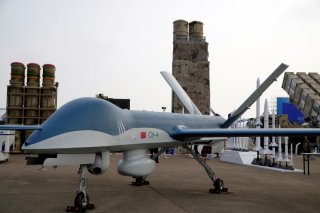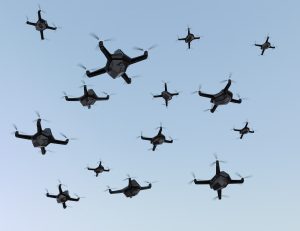Emily de La Bruyère
Introduction
Across the political spectrum, Americans are moving toward a consensus that China’s authoritarian regime poses the foremost threat to U.S. national security. Under the firm control of the Chinese Communist Party (CCP), the People’s Republic of China presents a challenge that goes well beyond the military, or even the technological, domain. Beijing seeks to shape global architectures, and through them to assert global control. Beijing’s ambitions are evident in its efforts to set global technical standards and control emerging infrastructure, to convert foreign dependence on Chinese resources and manufacturing capabilities into market-making power, and to influence international opinion through disinformation and propaganda.
These efforts target the public and private sectors. And in its efforts to influence governments, including the U.S. government, Beijing does not limit itself to the national level. Beijing also runs systematic campaigns to influence subnational — that is, state and local — governments.
Beijing understands that subnational political leaders respond to different incentives than do federal officials and authorities — and that those incentives may create favorable conditions for China’s influence campaigns. States and localities often prioritize the creation of jobs and economic growth, with less concern for national security risks. Beijing appeals to such economic interests to shift attitudes, open doors for China and Chinese entities, and foster relationships that can offset growing resistance in Washington to Beijing’s global agenda. Success on this score brings strategic and security returns for the CCP. It also obscures the extent to which short-term boons from economic cooperation may lead to long-term losses for the United States by hollowing out key industrial sectors and gradually offshoring jobs and economic growth.
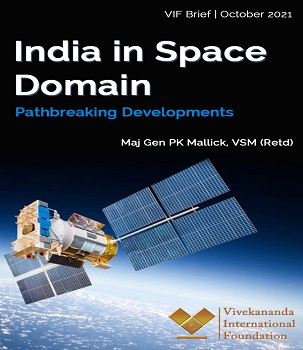 India is now a major spacefaring nation. Initially, the Indian space programme was focused primarily on societal and developmental utilities. Today, like many other countries, India is compelled to use space for several military requirements like intelligence, surveillance and reconnaissance. Hence, India is looking to space to gain operational and informational advantages.
India is now a major spacefaring nation. Initially, the Indian space programme was focused primarily on societal and developmental utilities. Today, like many other countries, India is compelled to use space for several military requirements like intelligence, surveillance and reconnaissance. Hence, India is looking to space to gain operational and informational advantages.







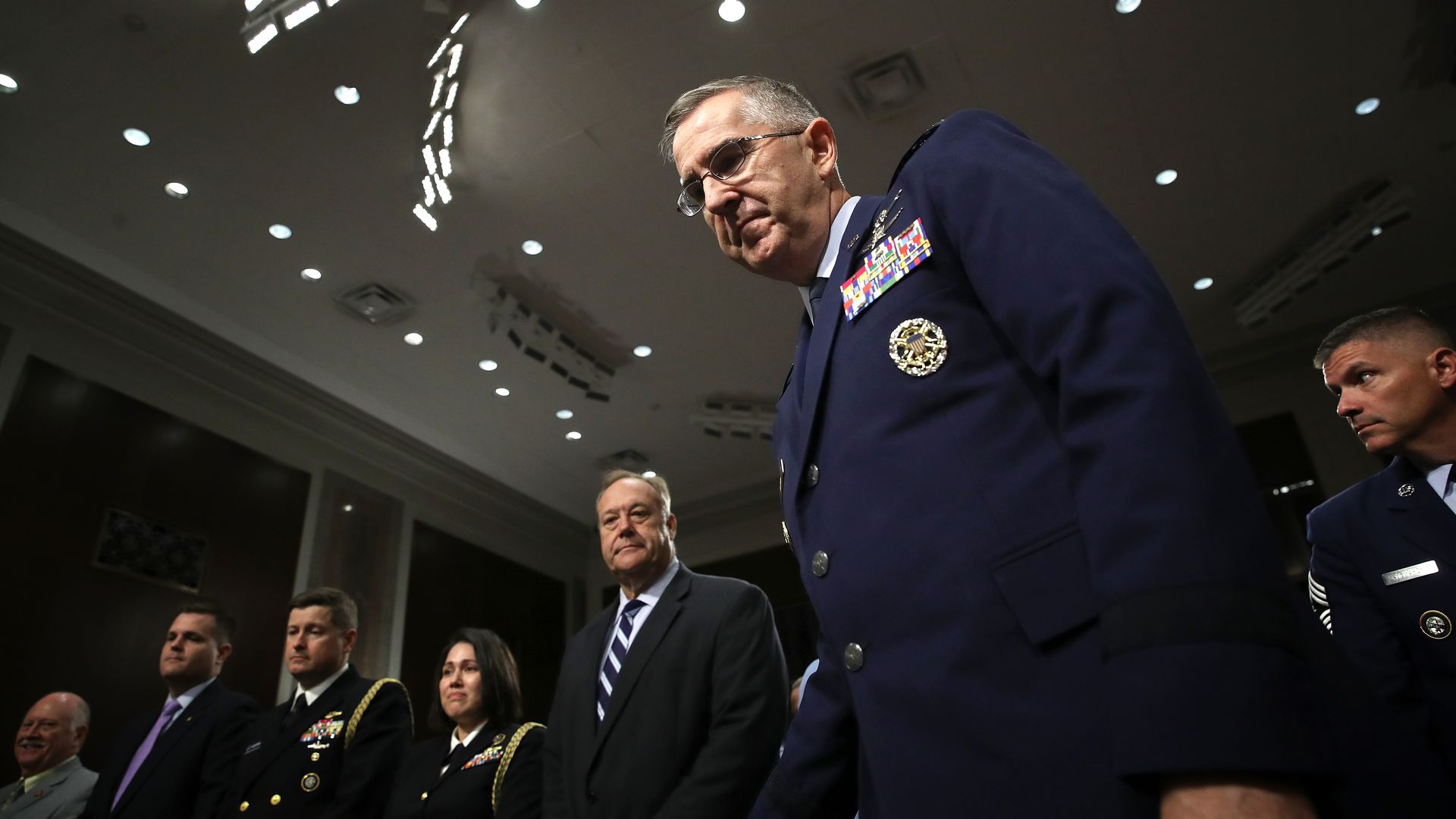


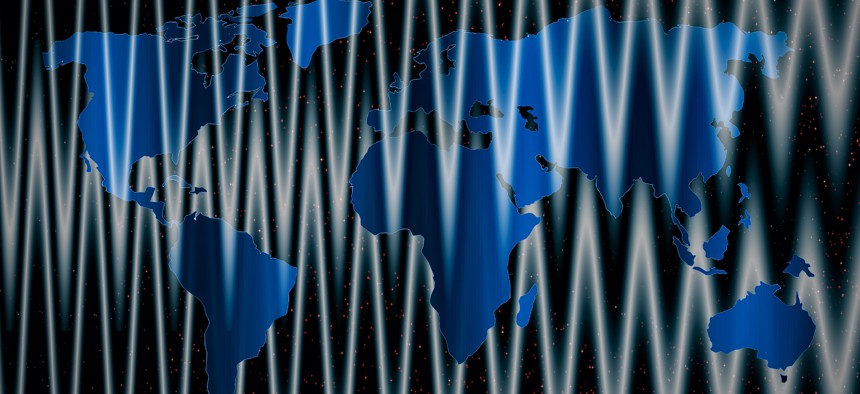
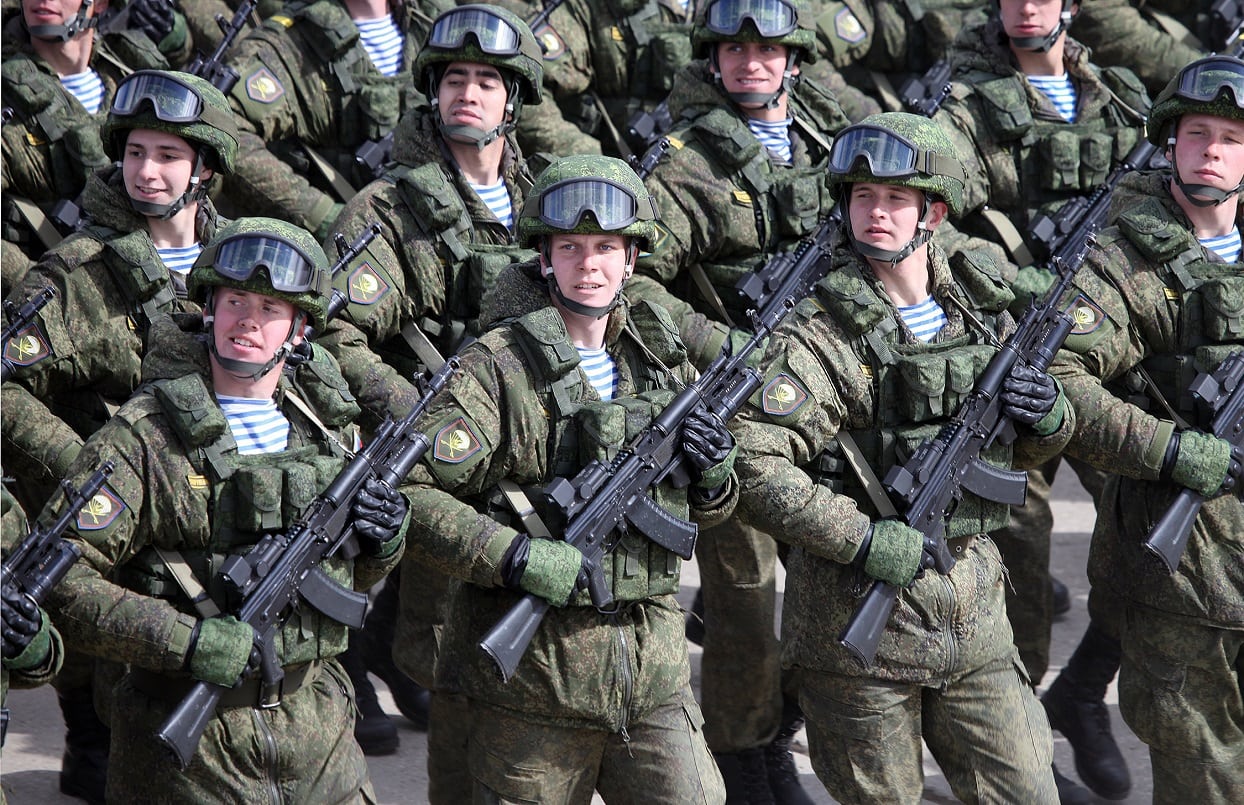




:quality(70)/cloudfront-us-east-1.images.arcpublishing.com/mco/5UBZKMDI4NGDXAAYGB6BDYOAWQ.jpg)
